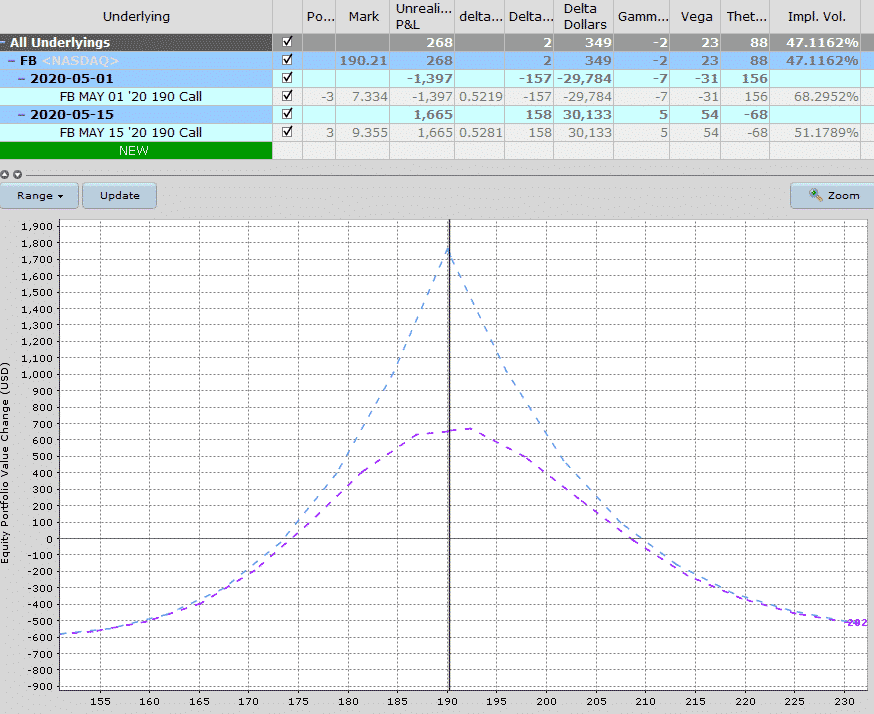This reduction is essential for presenting a realistic value of the company’s assets, which in turn affects the equity section of the balance sheet. Adjusting entries are accounting journal entries that are to be made at the end of an expanded accounting equation: definition formula how it works accounting period. Adjusting journal entries are accounting journal entries used to convert a company’s records to an accrual basis, ensuring all financial information accurately reflects the period it pertains to. These entries are usually made right before issuing financial statements, capturing any adjustments needed to present a clear and comprehensive picture of a company’s financial health. Adjusting entries are crucial in ensuring that financial statements reflect accurate and current financial data at the end of an accounting period.
Notice that the ending balance in the asset Accounts Receivable is now $7,600—the correct amount that the company has a right to receive. The income statement account balance has been increased by the $3,000 adjustment amount, because this $3,000 was also earned in the accounting period but had types of assets not yet been entered into the Service Revenues account. The balance in Service Revenues will increase during the year as the account is credited whenever a sales invoice is prepared. The balance in Accounts Receivable also increases if the sale was on credit (as opposed to a cash sale). However, Accounts Receivable will decrease whenever a customer pays some of the amount owed to the company.
Ready to master accounting today?
For the past 52 years, Harold Averkamp (CPA, MBA) has worked as an accounting supervisor, manager, consultant, university instructor, and innovator in teaching accounting online. My Accounting Course is a world-class educational resource developed by experts to simplify accounting, finance, & investment analysis topics, so students and professionals can learn and propel their careers. Shaun Conrad is a Certified Public Accountant and CPA exam expert with a passion for teaching. After almost a decade of experience in public accounting, he created MyAccountingCourse.com to help people learn accounting & finance, pass the CPA exam, and start their career. Following our year-end example of Paul’s Guitar Shop, Inc., we can see that his unadjusted trial balance needs to be adjusted for the following events.
Similarly, expenses that are not properly matched with the corresponding revenues can distort the net income figure, misleading investors and other stakeholders. For those familiar with the accounting field, understanding adjusting journal entries is essential, as they allow businesses to track actual balances for each account accurately. Adjusting journal entries involve making specific changes to account balances, ensuring that revenues and expenses are correctly recorded in the periods they relate to, regardless of when cash transactions occur. An adjusting entry is a journal entry made at the end of an accounting period to ensure transactions are recorded in the period they occur, not when cash changes hands.
- The balance of the accumulated depreciation account contains the cumulative amounts charged to depreciation expenses over time.
- Further the company has the right to the interest earned and will need to list that as an asset on its balance sheet.
- Eight examples including T-accounts for the 16 related general ledger accounts provide makes this topic easier to master.
- However, fixed assets, excluding land, experience a decline in their utility value over time as they are being used in the business and subjected to continuous wear and tear.
- Adjusting entries are a fundamental part of accrual accounting principles governed by International Financial Reporting Standards (IFRS) and Generally Accepted Accounting Principles (GAAP).
Cash Flow Statement
The balance sheet dated December 31 should report the cost of five months of the insurance coverage that has not yet been used up. Since it is unlikely that the $2,400 transaction on December 1 was recorded this way, an adjusting entry will be needed at December 31, 2024 to get the income statement and balance sheet to report this accurately. In conclusion, adjusting entries play a crucial role in ensuring that financial statements accurately reflect the financial position and performance of a company for a given accounting period. Understanding adjusting entries is essential for accounting professionals and stakeholders to interpret financial statements effectively and assess the financial health of an organization.
For the past 52 years, Harold Averkamp (CPA, MBA) hasworked as an accounting supervisor, manager, consultant, university instructor, and innovator in teaching accounting online. The seller refers to the invoice as a sales invoice and the buyer refers to the same invoice as a vendor invoice. When you join PRO Plus, you will receive lifetime access to all of our premium materials, as well as 14 different Certificates of Achievement.
Adjusting Journal Entries – Unearned Revenue
The rent for the month of 3,000 has been transferred from the prepaid rent account in the balance sheet, to the rent expense account in the income statement. A business will often pay expenses which might relate to a number of accounting periods, the expenses are paid in advance and are known as prepaid expenses. Let’s assume that a review of the accounts receivables indicates that approximately $600 of the receivables will not be collectible. This means that the balance in Allowance for Doubtful Accounts should be reported as a $600 credit balance instead of the preliminary balance of $0.
Like the above examples, there are many situations in which expenses may have been incurred but not yet recorded in the journals. And also some of the income may also have been earned but not entered in the books. Let’s take a look at some adjusting entry examples to illustrate how they are used in practice. Remember, all of these sample adjusting entries are made at the end of the period. Typically, the company’s accountant or bookkeeper will handle adjusting entries as part of their period-close duties. Or, this may include accrued revenues, which have been earned but not yet paid for by clients.
In each case the adjusting entries examples show the debit and credit account together with a brief narrative. For a fuller explanation of adjusting journal entries, view our adjusting entries tutorial. Common errors include recording advance customer payments directly as revenue (instead of as a liability) or recording prepaid expenses as immediate expenses (instead of as assets).
Utilities provide the service (gas, electric, telephone) and then bill for the service they provided based on some type of metering. As a result the company will incur the utility expense before it receives a bill and before the accounting period ends. Adjusting entries ensure that revenues and expenses are recorded in the correct accounting period, adhering to the accrual basis of accounting. This alignment is crucial for accurately calculating net income, which is a key indicator of a company’s profitability. For instance, without adjusting entries, revenues might be overstated or understated, leading to an inaccurate representation of the company’s earnings.
Expenses are deferred to a balance sheet asset account until the expenses are used up, expired, or matched with revenues. The amount of insurance that was incurred/used up/expired during the period of time appearing in the heading of the income statement. The amount of insurance premiums that have not yet expired should be reported in the current asset account Prepaid Insurance. Under the accrual basis of accounting, revenues are recorded at the time of delivering the service or the merchandise, even if cash is not received at the time of delivery. Insurance Expense, Wages Expense, Advertising Expense, Interest Expense are expenses matched with the period of time in the heading of the income statement. Under the accrual basis of accounting, the matching is NOT based on the date that the expenses are paid.
What is the Purpose of Adjusting Journal Entries?
- Common errors include recording advance customer payments directly as revenue (instead of as a liability) or recording prepaid expenses as immediate expenses (instead of as assets).
- By making deferral adjustments, businesses can avoid overstating or understating their income and expenses for the period.
- Let’s say you’ve earned some profit/revenue in a specific period, but it hasn’t been accounted for yet.
- The balance sheet dated December 31 should report the cost of five months of the insurance coverage that has not yet been used up.
- These adjustments account for discrepancies between the recorded inventory and the actual physical inventory on hand, which can arise from factors such as theft, loss, or clerical errors.
Adjusting entries are the bridge between when business activities occur and when money changes hands. For example, if you pay your office rent on January 1st for the entire year, you’ll need adjusting entries each month to show that you’re using up that prepaid rent over time. While adjusting entries might seem technical, following a structured process simplifies the work and helps prevent common errors. Each adjustment serves a specific purpose—whether recording unrecognized revenue, accruing unpaid expenses, or properly allocating costs over time.
In the example above, when you received $120 on January from a customer as their payment for monthly magazine subscriptions, the entire amount should not be recorded as revenue on January alone. Instead, the amount of $120 is divided across twelve months and a revenue of $10 is recognized for each month that you issue a magazine to your customer. An asset account which is expected to have a credit balance (which is contrary to the normal debit balance of an asset account). For example, the contra asset account Allowance for Doubtful Accounts is related to Accounts Receivable. The contra asset account Accumulated Depreciation is related to a constructed asset(s), and the contra asset account Accumulated Depletion is related to natural resources.
Deferred revenues (also called unearned revenues) occur when customers pay you in advance for products or services you haven’t delivered yet. Since you haven’t earned this revenue, you initially record it as a liability. Inaccuracies in estimates can lead to significant distortions in financial reporting. Therefore, accountants must use their best judgment and available data to make reasonable estimates. Common examples include estimating bad debts, depreciation, and accrued expenses. At the beginning of new accounting period, accountant reverses all adjusting entries which record at the end of previous period.
It will be classified to revenue when the service is complete or the goods are delivered. Adjusting entries ensure that the bonds meaning accrual principle is followed when recording incomes and spending. Closing entries are those that are used to close temporary ledger accounts and transfer their balances to permanent accounts. These are the assets that are paid for and which gradually get used up during the accounting period.
One of the main financial statements (along with the statement of comprehensive income, balance sheet, statement of cash flows, and statement of stockholders’ equity). The income statement is also referred to as the profit and loss statement, P&L, statement of income, and the statement of operations. The income statement reports the revenues, gains, expenses, losses, net income and other totals for the period of time shown in the heading of the statement.
Similar to the immediate recording of revenue earned, any expense incurred should also be immediately become a part of your company’s accounts book. This is particularly significant when accruing payroll expenses as well as any expenses you have incurred during the month that you have not yet been invoiced for. Another example of an adjusting entry would be if a company pays $15,000 for a one-year insurance policy on June 1.











